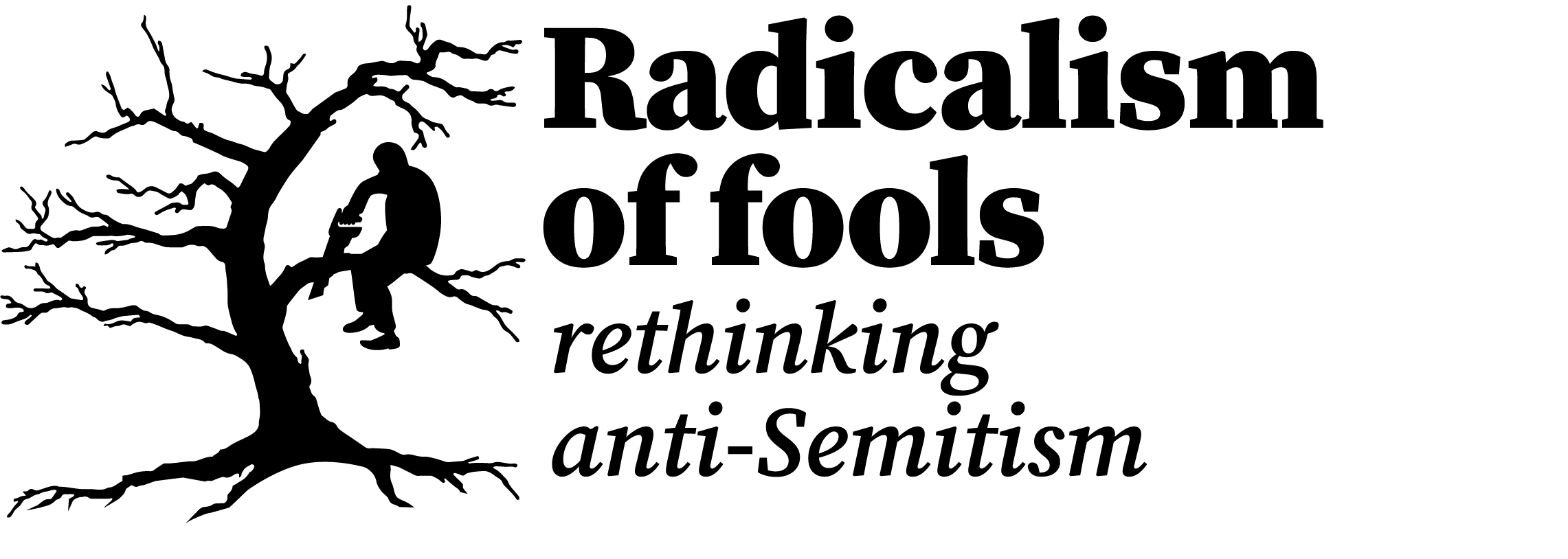It is easy to make the mistake of assuming that Islamism has existed since the emergence of Islam as a religion in the seventh century. Iran’s theocratic leadership, for example, ostentatiously dresses as if it comes out of the Middle Ages. It also imposes its strict interpretation of Islam which means, among other things, that women have to keep their heads covered in public. Other Islamist regimes, such as Hamas in Gaza and the Taliban in Afghanistan, impose similar rules.
Old photos can help dispel the myth of Islamist regimes stretching back over 14 centuries. For example, pictures of young women wearing modern western dress, including miniskirts, in Iran and Afghanistan in the 1970s. Of course not all women dressed like that back then or necessarily approved of such attire. But there were no morality police forcing women to don what the government had deemed modest dress or to cover their heads with a hijab. That came later after Islamist movements seized political power.
A more systematic way to understand the rise of Islamism as a political movement is through the study of history. In that respect Fouad Ajami’s The Arab Predicament, first published in 1981, provides a valuable benchmark. The date is important to note. It was written in the relatively early stages of Islamism’s rise to prominence. Iran turned Islamist in 1979 but Hamas (in Gaza), Hezbollah (in Lebanon) and the Taliban (in Afghanistan) did not even exist yet. The book was also published too early to mention the assassination of Egypt’s President Anwar Sadat by members of Egyptian Islamic Jihad in October 1981.
Perhaps the most striking omission for the contemporary reader is that Ajami, a Middle East specialist at Johns Hopkins University, did not even use the word “Islamism”. Instead he refered to “radical fundamentalism” or ocassionally “populist fundamentalism”. This can loosely be defined as referring to political movements which frame their ideas in Islamic terms.
The original such movement was the Muslim Brotherhood (Ikhwan) formed in Egypt in 1928. Although the organisation had substantial influence at times it had never held power when Ajami wrote his book ( a Muslim Brotherhood affiliated government did come into office after the 2011-12 elections before being overthrown by a military coup in 2013). Nor did Islamism have the same hold in the region, or indeed to some extent in the West, that it does today.
Ajami also refers to a “conservative fundamentalism” in contrast to its radical variant. His two main examples are the Islamic kingdoms of Saudi Arabia and Morocco. These are both Islamic monarchies which practice a form of top-down authoritarian rule. Although the politics of such countries is often framed in Islamic language they are not Islamist in the sense of having roots in popular movements. It is true that Saudi Arabia has often supported Islamist movements but its existence has also been threatened by them. Hard core Islamists contend that Saudi nation state should itself be abolished in favour of a new Islamic order.
The Arab Predicament therefore introduces the reader to a world in which Islamism was starting to make an important shift. Although it emerged in Egypt in the 1920s it was not until the 1979 revolution in Iran, a non-Arab state, that it first took power. Ajami also makes a key distinction between what today would be called Islamist regimes and more traditional Islamic monarchies.
This still leaves the key question of what political forces were to the fore in the Arab world before the rise of Islamism. On this Ajami is particularly strong. He shows how pan-Arabism (sometimes called Arab nationalism), with its aspiration for Arab unity, played a key role in the Arab world through much of the twentieth century. But the movement was brutally discredited in 1967 with Israel’s rapid victory over the surrounding Arab regimes in the Six Day War. It was after that the Palestinian nationalism began to have a broader more symbolic role in the Arab world.
Egypt came to the forefront of the pan-Arabist movement in the 1950s. This was hardly surprising given that it was the by far the most populous Arab state as well as being geographically central in the region. From 1956 it was led by Gamal Abdul Nasser, a former army officer, who had participated in a coup against the ruling monarchy in 1952 (a Muslim Brotherhood member had also tried to assasinate Nasser in 1954).
Nasser positioned himself as the leading anti-Western and anti-Israeli force in the Arab world. Among other things, he nationalised the Suez canal and managed to briefly form a unified state with the Syrian regime (1958-1961). He often made threats against Israel including at one time ordering a blockade on Israeli shipping through the Straits of Tiran (the narrow sea passage between the Sinai and Arabian peninsulas).
Such anti-westernism helped Nasser gain considerable popularity until Israel called his bluff. In June 1967 Israel launched what it described as a pre-emptive strike in which it destroyed the air forces of Egypt and Syria. Shortly afterwards the Israeli military went on to capture the Sinai peninsula from Egypt, the Golan Heights from Syria and the West Bank from Jordan.
In less than a week the pretensions of pan-Arabism were discredited. It could no longer maintain its credibility as an anti-impererialist force representing the Arabs in their struggle against Israel and the West. The legitimacy of the Arab regimes was dealt a heavy blow.
Palestinian nationalism and its supporters stepped into this void. In the aftermath of the Six Day War the newly emerging Palestine Liberation Organisation (PLO) was not just seen as representing the Palestinians themselves. Many regarded it as at the vanguard of a broader struggle against the corrupt regimes of the Arab world. As Ajami observed: “Where it had once been believed that the Arab states would liberate Palestine, it was now expected that the Palestinian struggle would topple the Arab order.”
From the perspective of the Arab states that situation was intolerable. In 1970 the Jordanian regime moved brutally and decisively against the PLO which until that point had been using the country as its base. After that Palestinian national groups moved to make Lebanon their main base. However, in 1976 they were militarily attacked by the Syrian army when it invaded much of the country.
It is now possible to get a relatively clear snapshot of the politics of the Arab world as it existed on the publication of Ajami’s book in 1981. By then pan-Arabism, not long before that a popular force in the Arab world, had been discredited. Palestinian nationalism had come to the fore but by this time its broader regional pretensions had already been quelled. It no longer looked like a credible force to catalyse a radical shift throughout the Arab world. Islamism had already seized power in Iran but it did not yet have a strong influence in the Arab world.
Since then Islamism has become a significantly more powerful force. Hamas, originally the Gaza branch of Egypt’s Muslim Brotherhood, was founded in 1987. By 2007 it had taken control of Gaza and now it is battling the Palestinian Authority (essentially the remnants of the PLO) for control over the West Bank. Palestinian Islamic Jihad, a smaller Islamist group, is also trying to jockey for position in a three-way struggle.
Meanwhile, Hezbollah, which is allied to Iran, was conceived in Lebanon in 1982 in response to Israel’s invasion of the territory. It has since then morphed into a considerable military force with a strong say in Lebanese politics. It maintains its avidly anti-Israel stance.
So it is only relatively recently that Islamism has come to exercise significant political influence in the Arab world. It is not a movement that goes back in an unbroken line to the start of Islamic history. It emerged into a vacuum created by the discrediting of pan-Arabism and the sidelining of Palestinian nationalism.
Of course there is more to Islamism than outlined here. There are, for example, places where it has had influence outside those areas discussed in Ajami’s book including Islamic State in Iraq. The question of why Islamism came to the fore in Iran is another question to consider. Then there is the increasingly important matter of Islamist influence outside the Middle East including in the West, other parts of Asia and Africa.
Perhaps the key lesson to learn is the importance of studying history. It is only through a historical investigation that it is possible to grasp what is specific about contemporary developments. A historical approach is also vital if the multiple different forms that Islamism can take are to be properly understood.
Note: This article discussed the first edition of the book. In 1992 a second edition was published.

